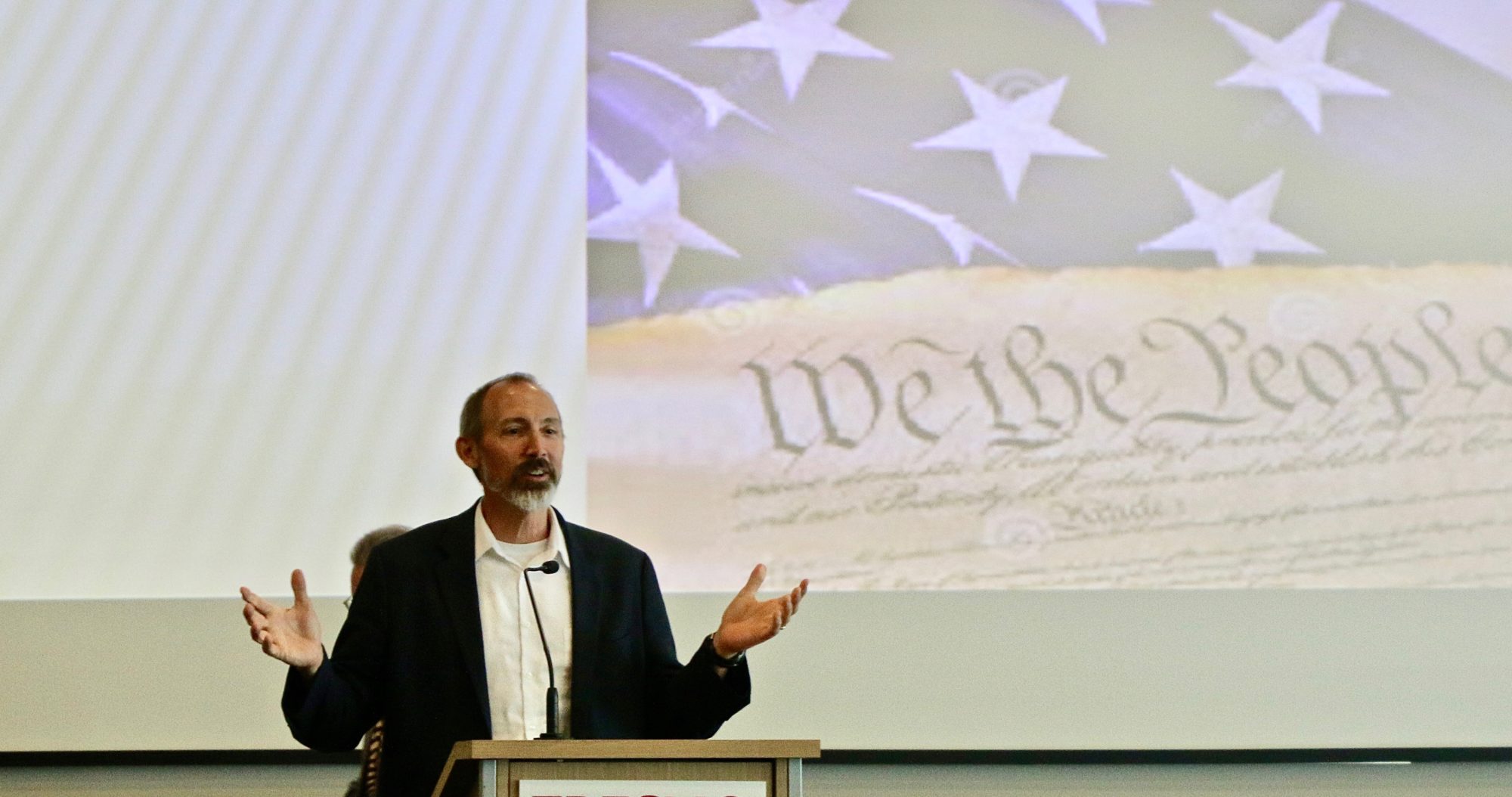Easter is a good time to ponder what happens to the soul
By Andrew Fiala
Fresno Bee, Friday, Mar. 22, 2013 | 04:16 PM
What happens when the brain and body die? A popular book, “Proof of Heaven,” by neurosurgeon Eben Alexander offers an answer based upon an out of body experience he had while in a coma. He claims that his experience proves that death is not the end of consciousness.
“Human experience continues beyond the grave,” Alexander writes. “More important, it continues under the gaze of a God who loves and cares about each one of us and about where the universe itself and all the beings within it are ultimately going.”
Skeptics have argued that Alexander has not really offered proof of the sort we expect from science. Are we sure, for example, that Alexander’s comatose brain really was entirely “off-line”? A further interesting question is the cultural presuppositions we see in Alexander’s account of his experience.
Our interpretations of experience, including near-death experiences, are infused with meaning that we acquire from culture. Alexander speaks of heaven and of a loving God. If he were a Buddhist or a Hindu, would he interpret the experience differently?
From the Christian perspective, when the body dies, the soul moves on to another spiritual realm. But in other traditions, when the soul separates from the body, it transmigrates, moving on to another life. How can we know which interpretation of the afterlife is the correct one?
If we left our bodies and brains behind, wouldn’t we also leave behind our experiences, memories, and cultural standpoints, including the language, images and ideas we use to interpret our own experiences? Would we recognize or understand anything without the cultural experience that the brain has worked so hard to accumulate in this life?
The deeper puzzle is the connection between soul and body. If the mind is distinct from the brain, how are mind and body able to interact? This problem has puzzled philosophers for centuries.
The philosopher Descartes proposed the pineal gland as the focal point for the interaction between the body and the soul — an appropriate choice given the location of the pineal gland in the center of the brain. But we know better now: the pineal gland is a part of the endocrine system, not the seat of the soul.
The idea of soul points toward a substantial mystery. The soul is not supposed to be a material thing. It has no size or shape or density. So how does it interact with the matter of the body? And where exactly does it go, when it leaves the body?
To explain where the soul goes, we must postulate another sphere of reality — the spiritual realm. But that spiritual realm would not be extended in space, since it is outside of material reality. The spiritual realm is not a place located in space.
Nor is it clear that the soul is a “thing” in any ordinary sense of that term. Existing things are defined in terms of space. They have location and size and mass. But the soul is not a thing with weight and shape. Nor is it clear where it is located in relation to the body, let alone in the afterlife.
And yet, the religious viewpoint maintains that the soul and the spiritual realm are more real than the material world. Alexander asserts that his experience was “real in a way that makes the life we’re living here and now completely dreamlike by comparison.”
Alexander described one part of his experience as flying on the wings of butterflies. Butterflies have symbolic meaning. It is amazing that the lowly caterpillar is reborn as a beautiful flying insect. One wonders whether Alexander’s butterflies are a metaphor or supposed to be real. Would there really be flying butterflies in the spirit realm outside of space and time?
The butterfly dream is reminiscent of a Taoist story about Chuang-Tzu, a sage who had a dream in which he felt he was a butterfly. When he woke up, Chuang-Tzu wondered if instead of being a man who had dreamt he was a butterfly, was he really a butterfly dreaming that he was a man.
Easter is a good time to ponder those sorts of questions. Can the soul really fly off to another life? Or are we merely caterpillars who dream every spring of becoming butterflies?

